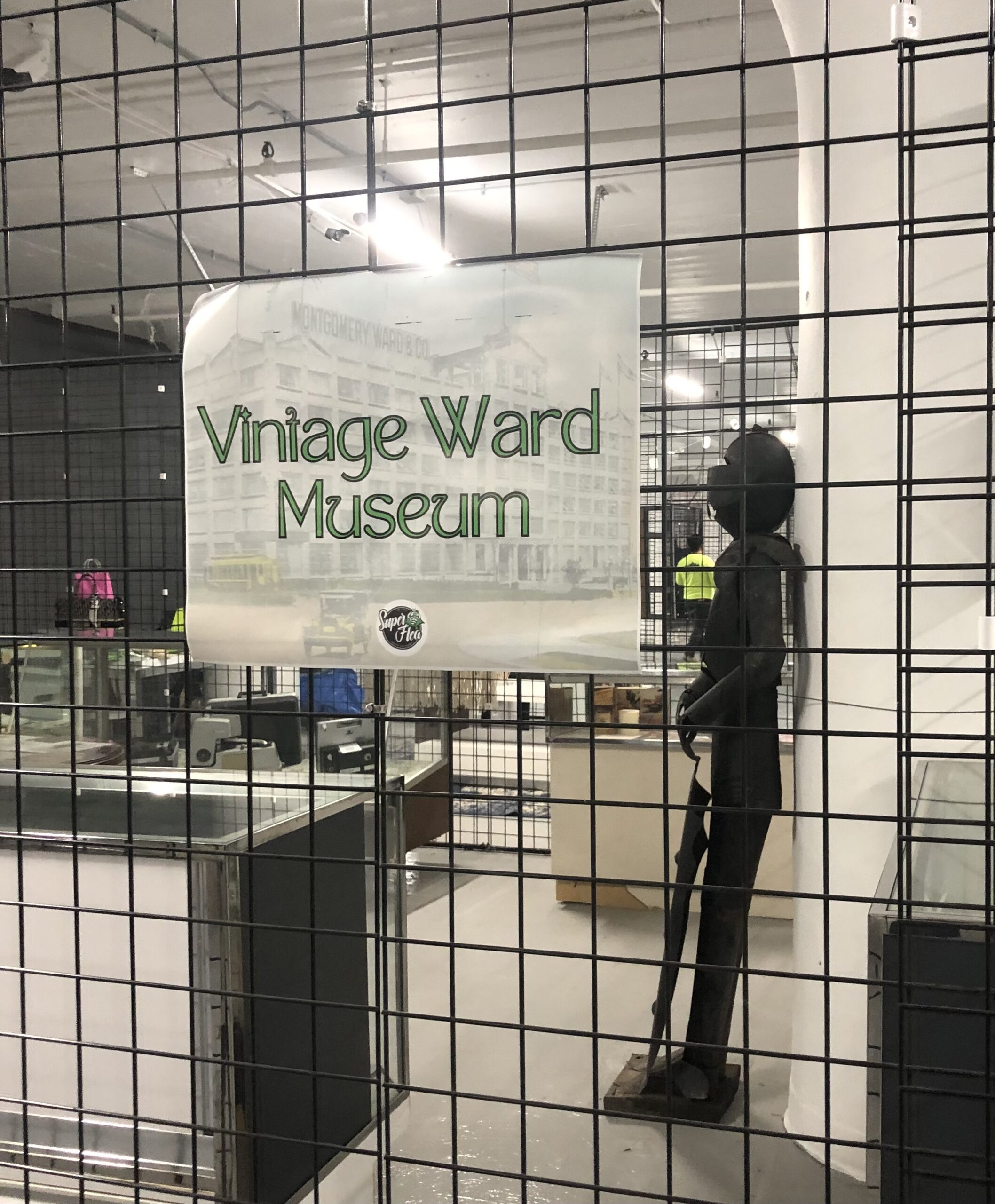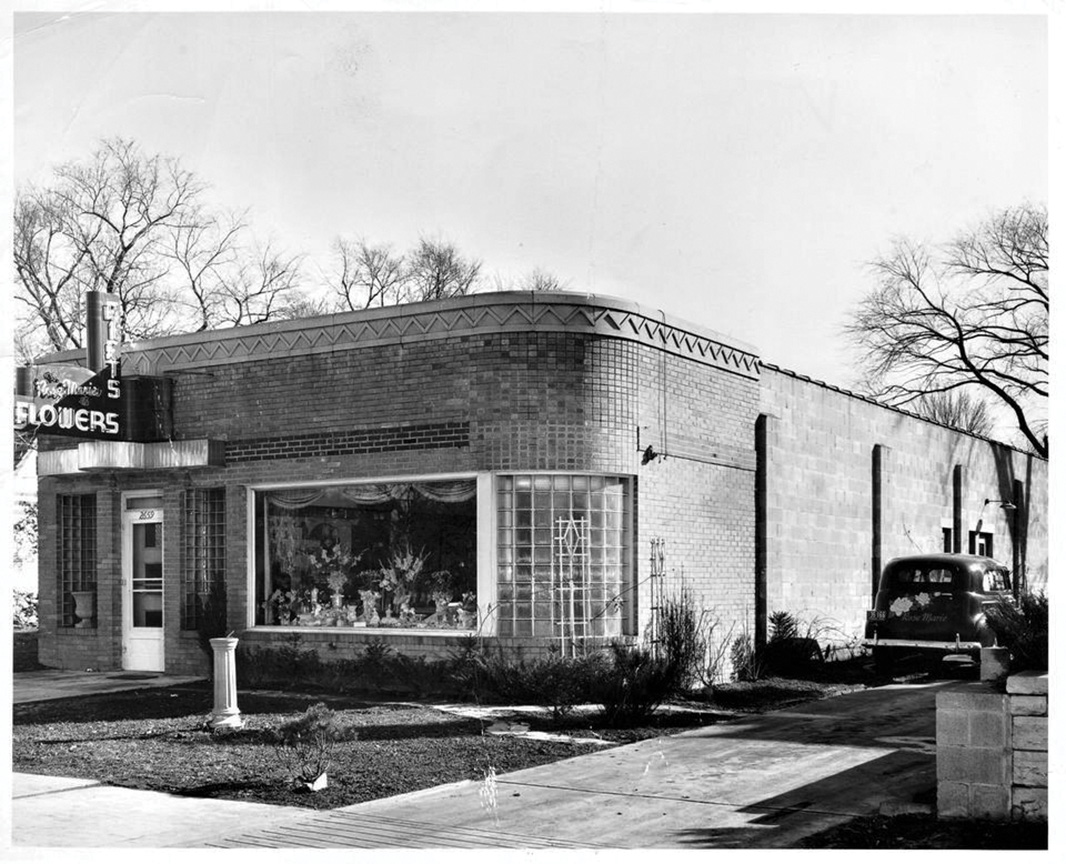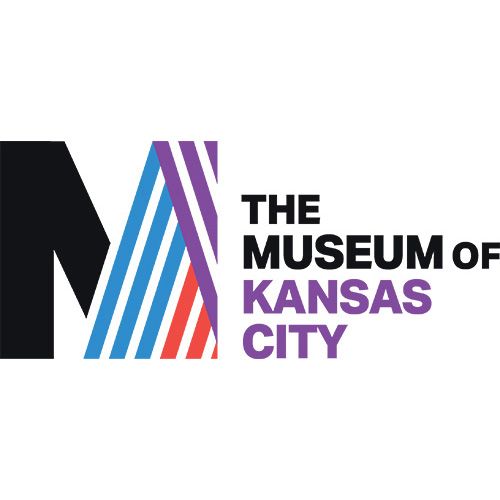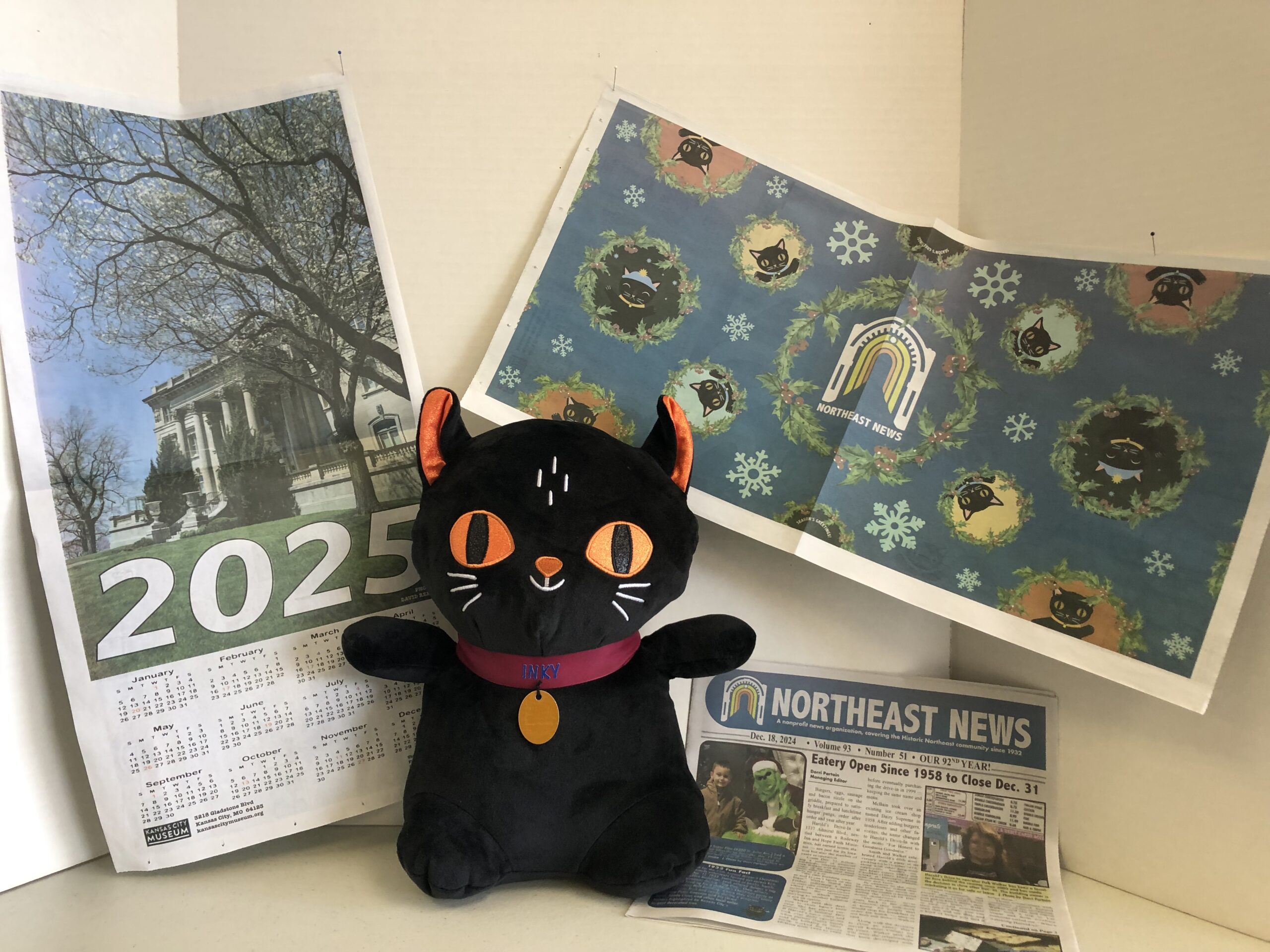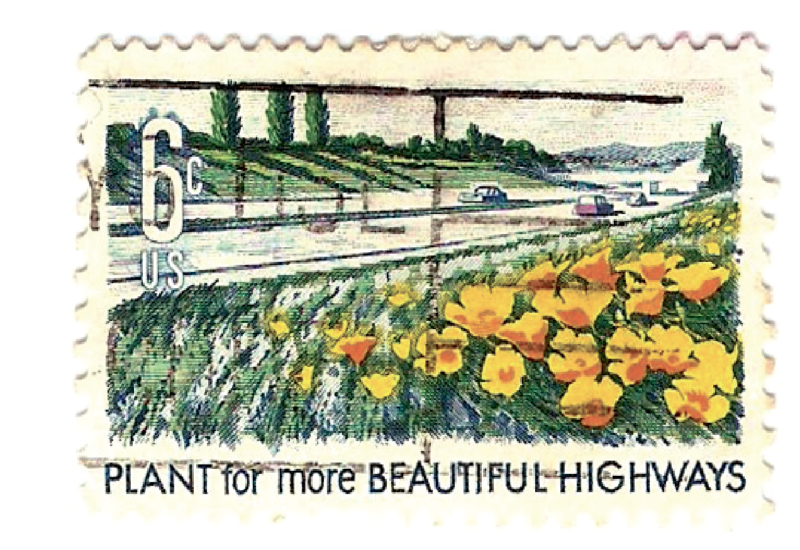
Dorri Partain
Managing Editor
During a road trip along the then-developing Interstate Highway System, our nation’s 36th First Lady was appalled at the number of billboards and junk yards that were springing up and hiding scenic America.
“Lady Bird” Johnson had the means to do something about it — the Highway Beautification Act of 1965 was passed by Congress and signed by President Lyndon B. Johnson during an Oct. 22 ceremony Also known as “Lady Bird’s Bill,” United States Code (23 U.S.C. 131) outlined the “effective control of the erection and maintenance” of outdoor advertising signs along Interstate and National Highway Systems.
At the moment of signing, President Johnson stated, “This bill will enrich our spirits and restore a small measure of natural greatness.” This 1965 act actually repealed and replaced the Bonus Act passed by Congress in 1958 — the first legislation created to control outdoor advertising along the nation’s highways.
As first proposed, this beautification act would have eliminated outdoor advertising altogether, but push back from the Outdoor Advertising Association of America led to a compromise, which allowed billboards in areas of commercial and industrial use. This act also created legislation to control junk yards, promote highway landscaping and create scenic roads.
Born Claudia Alta Taylor, “Lady Bird” Johnson was a champion of beautification — especially throughout Washington D.C. The blooming trees and landscaped plantings visitors see today can mostly be attributed to her campaigns for beauty during her husband’s presidency.
The six-cent “Plant for More Beautiful Highways” stamp was one of a series of four engraved stamps designed by artist Walter D. Richards released by the U.S. Postal Service in January 1969. The remaining stamps in the series promoted planting in cities, along streets, and in parks.
These stamp designs were re-released in 2012 as a six-stamp series, commemorating the 100th anniversary of the birthdate of Lady Bird Johnson.


